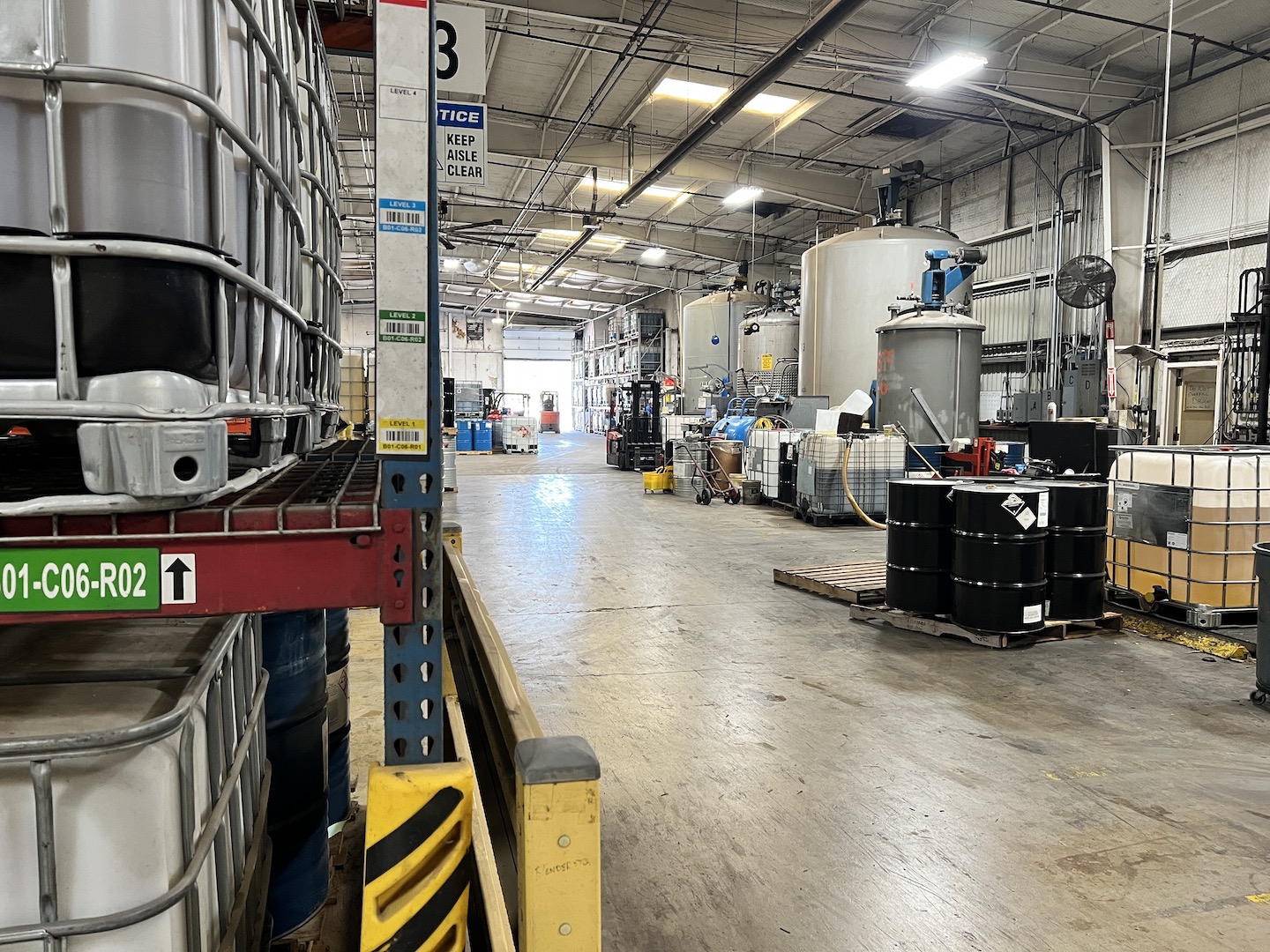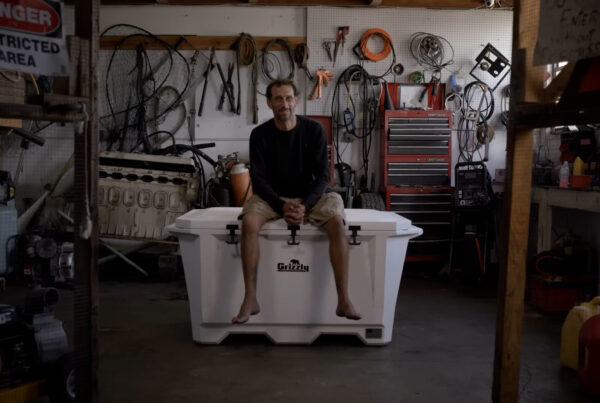Ecomate Rigid Foam Systems
Excerpt from an article in PU Magazine – Vol. 10, No. 6 – Dec. 2013/Jan. 2014.
SPF form a significant part of the growing polyurethane industry. They have the advantage of easy application and fast cure, thus allowing them to be sprayed directly on the surface to be foamed. SPF can be used at a construction site and applied even after most of the construction has been completed. Because of the application methods used with this product, polyurethane spray foams must have a very rapid reactivity profile, rising and gelling within a few seconds of being applied.
This is accomplished by adding high amounts of catalysts, typically an amine catalyst and a metal catalyst. The two catalysts work in synergy to create a polyurethane foam that rises and gels quickly.
Unfortunately, spray foam systems have always had one major problem, a limited shelf life. This is usually the result of chemicals in the polyol blend that can decompose and/or react with other ingredients in the blend. Most commonly, polyester polyols, flame retardants, blowing agents, and other additives generate a small amount of acids. These acids then attach themselves to the catalysts and prevent the catalysts from doing their intended function during the foaming process. This is evident when the spray foam takes longer to react and cure. From an application standpoint, slower reacting spray foam can cause sagging or drooping, which diminishes foam performance and will generate solid foam waste.




